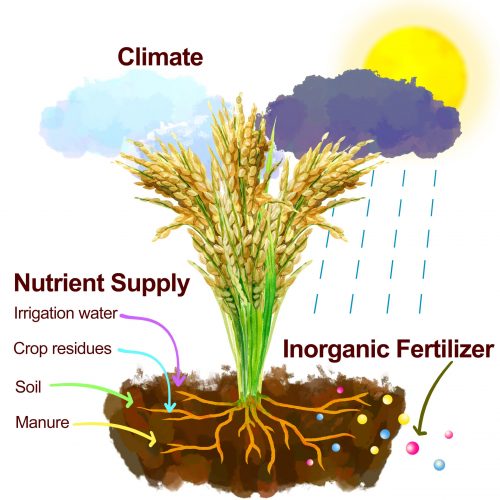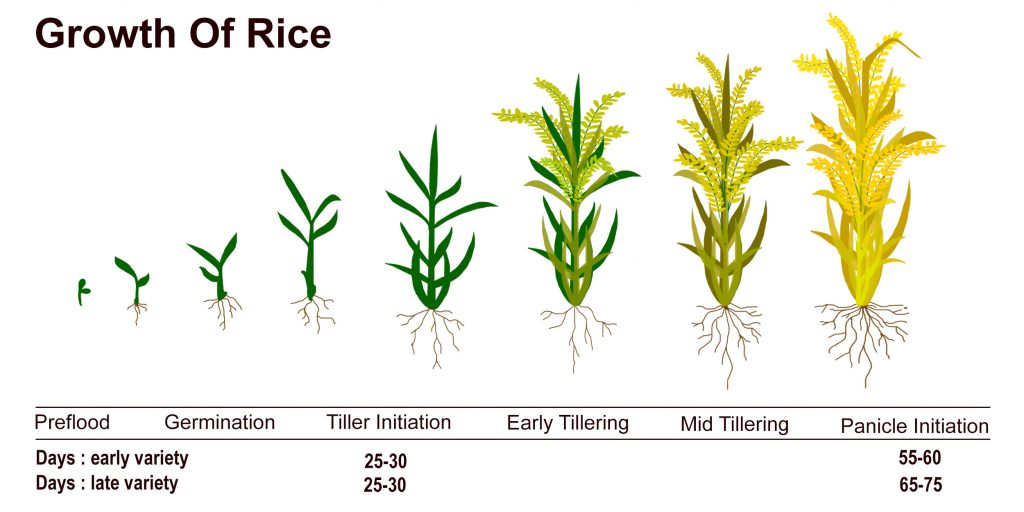Paddy Planting & Harvesting
Rice grows best in warm places. It is vastly grown on the Malaysian Peninsula. About 300,500 hectares on Malaysia Peninsula are devoted to rice production. The temperature regime and the rainfall distribution in the country are suitable for year round cultivation of rice. Most farmers however, plant and harvest rice more or less during the same period.
After the seeds are soaked in water they are ready to be planted. Rice seeds are then sown into special nursery beds before they are transported to rice fields. It takes three months to grow rice. Harvesting rice has to be timed right.
How Rice Is Grown In Malaysia
- Land Preparation
- Crop Establishment
- Crop Management
- Harvesting
The rice field is usually ploughed twice before sowing or planting. After water is introduced, a round of puddling and land levelling is done.
Crop establishment can be done either by
- Direct Seeding- broadcasting pre-germinated rice seed directly into the field manually or using row seeder
- Transplanting – planting 25-35 day old seedlings into the main field by manual labour or by mechanical transplanter using seedlings sown on trays.
Crop management can be accomplished through water management and soil fertility.
Water management is an important aspect of paddy cultivation because it can boost output. For a crop to continue growing, the water supply must be comparable to or slightly higher than evaporation. Water management boosts crop yields and grain quality while also increasing the effectiveness of other inputs such as fertiliser, herbicides, and insecticides.
Soil fertility. Nutrient application to the crop is critical in controlling soil fertility so that the plants grow and develop appropriately. Because most soils only provide a limited quantity of nutrients to the crop, fertilisers must be added to boost grain output. Fertilisers are sometimes used to enhance the physical condition of the soil.
Harvesting is the process of collecting the mature rice crop from the field. Harvesting of paddy includes cutting, stacking, handling, threshing, cleaning, and hauling. Good harvesting methods maximise grain yield and minimise grain damage and quality deterioration. Harvesting can be done manually using sickles and knives or mechanically with the use of threshers or combine harvesters.
Crop loss prevention is crucial to the correct timing of harvest. Rats, birds, lodging, insects, and shattering can all cause grain losses. Harvesting on time assures good grain quality and a high market value.
Harvesting too early will result in a larger percentage of unfilled or immature grains, lowering production and increasing grain breakage during milling. Excessive losses and breakage in rice will occur if the harvesting is done too late. Hence, harvest timing does have an impact on rice seed germination potential as well.








